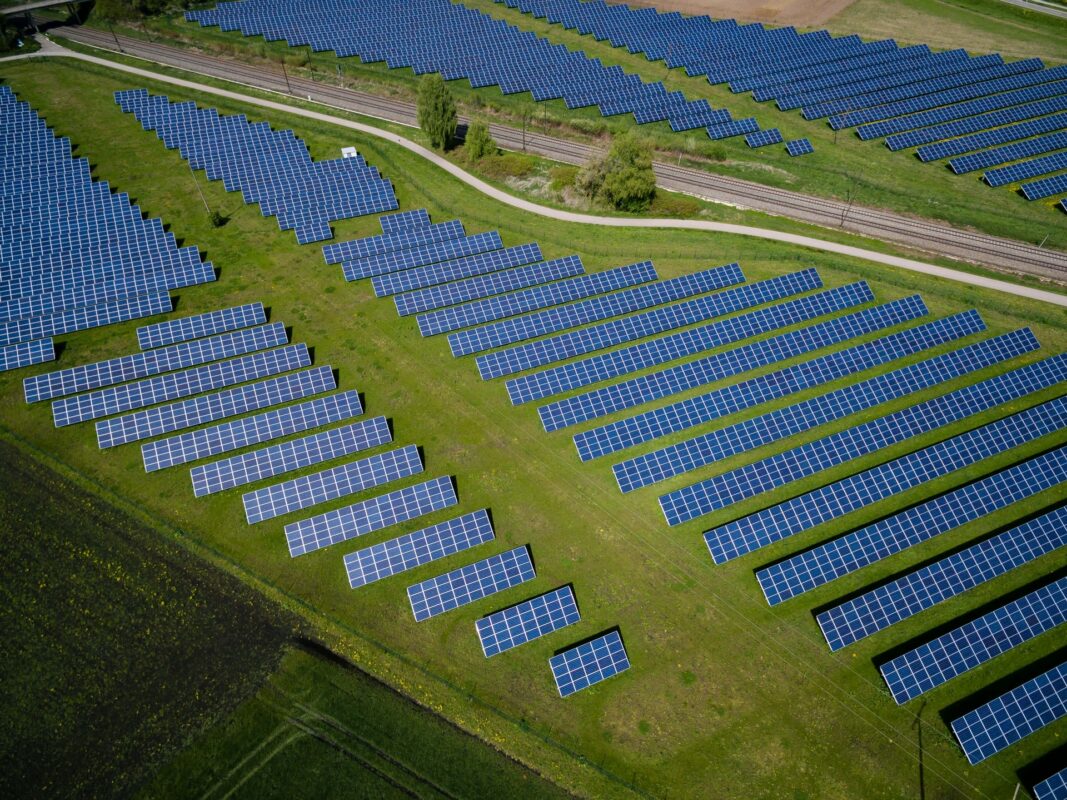
Image: Andreas Gücklhorn (unsplash).
Solar Energy UK has lent its weight to calls for renewable deployment targets as part of “urgent action” needed to decarbonise Britain’s grid.
It has called for a specific government target of 40GW of solar deployment by 2030, a significant jump from the 14GWp-dc currently deployed. The call echoes that from the trade association last summer, when it outlined the importance of Contracts for Difference (CfDO design, green tax reform and the Future Homes Standard for hitting 40GW in the next decade.
Additionally, it is calling for funding to be reinstated and for VAT on green home upgrades end – this has been a point of increasing pressure in the solar sector, with the removal of VAT on clean energy products like solar panels supported by a majority of the public according to analysis by Green Alliance.
Business rates should be reformed, Solar Energy UK continued, to enable greater C&I adoption. The issue was thrown into light last year when supermarket chain Lidl revealed it saw its business rates increase by 528% due to changes in the valuation of solar installations at its sites.
Finally, government should provide annual CfD auctions for solar until the end of the decade to drive adoption. Solar is set to participate in the fourth round of the subsidy scheme, having been excluded from the previous two.
“Solar is becoming a major global industry and the UK must keep pace,” said Chris Hewett, chief executive of Solar Energy UK. “We need to see solar energy trebled in capacity by the end of the decade, in keeping with forecasts produced by the Climate Change Committee.”
Solar Energy UK has issued the call for more renewable deployment together with RenewableUK and the Nuclear Industry Association, asking the government to set a binding 100% grid decarbonisation by 2035 target.
RenewableUK is calling for a 30GW onshore wind, 2GW floating wind, 5GW green hydrogen electrolyser capacity and 1GW marine energy deployment target by 2030.
The Nuclear Industry Association is calling on the government to endorse a new financing model for nuclear projects this year, as well as setting out a plan to restore nuclear capacity to existing levels by the early 2030s.
The three trade bodies pointed to the fact that the grid has been dirtier in the first four months of 2021 than it was in the same period in 2020 despite the UK being under lockdown measures for a larger period of this year. Between January and March 2021, the carbon intensity of electricity was around 5% higher than the same period the previous year.
During the period, gas-fired generation was 22% higher because of higher demand. As such, despite individual record breaking days – such as peak wind generation of 17.5GW set in February, which was subsequently broken in May – the grid was dirtier.
Greening the grid is essential for hitting both the 78% emissions reduction committed to by the government in April and net zero by 2050. This will be particularly important as sectors like transport and heating look to electrification as a path to decarbonisation.

